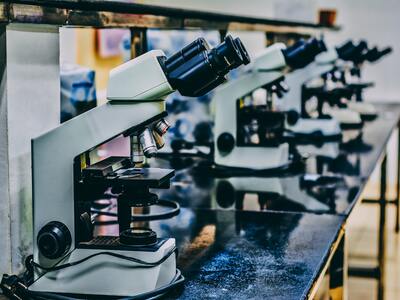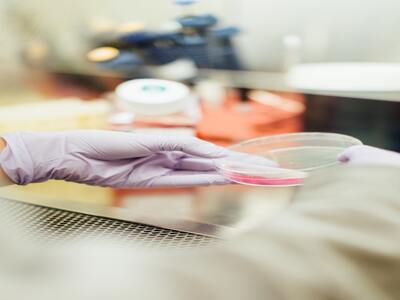The world of microbiology and bacteriology is forever changing. The sole purpose is to go further in terms of detecting bacteria and other infections, while providing results in a solutions-driven spectrum.
The Single-Cell Analysis
What they are doing is taking the current methods for detecting bacteria and taking it to the next level. Some of the new techniques include identifying which bacterial infection is the root cause and how it builds a resistance to various antibiotics on the market.
These new modifications can also provide faster analysis on a cell-by-cell basis. New algorithm developments are helping to lead the charge concerning various bacterial strains that are confined to a fluid channels and monitoring surface-bound magnetic beads.
Using Microfluids for Bacterial Identification
 Some of the newer technologies can help identify bacterial strains much faster than some of the more traditional approaches. The micro-fluidic applications combine both the paper-based tech devices and the mobile applications. That in it of itself helps scientists to arrive at the conclusion much faster.
Some of the newer technologies can help identify bacterial strains much faster than some of the more traditional approaches. The micro-fluidic applications combine both the paper-based tech devices and the mobile applications. That in it of itself helps scientists to arrive at the conclusion much faster.
Ultra-Sensitive Detection Methods
Some bacterial growth requires highly sensitive detection devices. Some of the more “conventional” methods require an optical density approach which many have found to be not very useful. That means that these methods are useful in the conventional way, but not when it comes to some of the more advanced protocols. That is why experts need something more sensitive for readouts.  That is why they started developing more updated methods. These combined methods have systems based more in electrophoretic, electrochemical, mechanical, and mass spectrometry–based protocols.
That is why they started developing more updated methods. These combined methods have systems based more in electrophoretic, electrochemical, mechanical, and mass spectrometry–based protocols.
These applications are important in terms of detecting infections resistant to antibiotics.
Say, for example, you offer a patient some medicine that is supposed to stop some of the bacterial growth. However, the medicine does nothing for the patient. The reason is that the bacterial infections has become immune to the treatment.
Medical experts need to know why. That is where some of these new technologies come into play.
It is not enough to know why some bacterial infections are immune to certain treatments. You have to know how it got that way. It did not get that way overnight. There is a reason why the infection has developed an immunity to a possible cure.
That way you can find something else to counteract the infection.